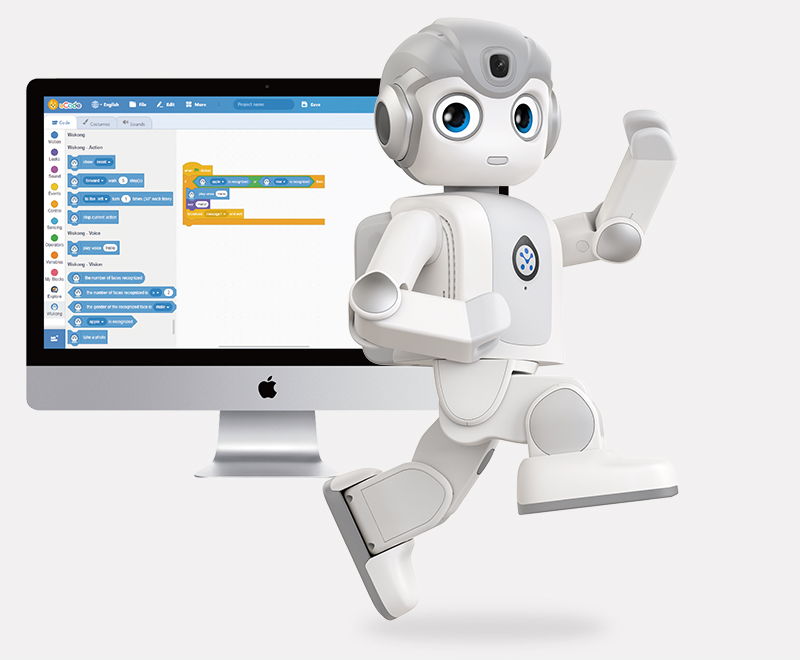After companies prove the success of artificial intelligence, IT teams are under pressure to scale AI projects faster. Experts share tips to help accelerate AI adoption and results across the organization.
Artificial Intelligence (AI) is away from “When are we going to do it?” to “How do we speed it up?” In many organizations. AI passed some key tests during the pandemic, says David Tareen, SAS director of artificial intelligence and analytics. “The pandemic has driven artificial intelligence and chatbots to answer a flurry of questions related to the pandemic. Computer Vision supported the social distancing effort. Machine Learning models have become indispensable for modeling the effects of the reopening process.”
But the future benefit of AI remains considerable. “Artificial intelligence is supposed to show what is not visible due to the sheer amount of data available,” says Josh Perkins, Director of Field Technology at the digital platform company AHEAD. “One of the reasons IT leaders should accelerate the broader adoption of AI is the ability to uncover opportunities that add real business value through insights and efficiencies that may not have existed before.”
This puts pressure on IT teams to cope with the challenges of scaling the implementation and adoption of AI in the enterprise and working harder.
How to speed up AI adoption and success
We asked artificial intelligence experts for advice on what steps IT executives can take to accelerate the adoption and maturity of artificial intelligence in their organizations.
1. Begin with the best use cases
“Often times, leaders don’t know where to start, or they bite off more than they can chew,” says Peter A. High, author of Getting to Nimble: How to Transform Your Company into a Digital Leader and president of technology consulting firm and economy Metis strategy. “Artificial intelligence and machine learning are better geared towards specific use cases and may require the involvement of a broader ecosystem to bring them to life, especially when there is a lack of AI and machine learning talent.” It helps find great use cases, working with business leaders to bring them to life, and engaging with a broader ecosystem of information, talent, and technology, according to High.
2. Manage to milestones
“One overlooked challenge in AI initiatives is the amount of time it takes to deliver tangible results,” said Ravi Rajan, director of data science at cyber insurance company Cowbell Cyber. “Without clear goals and planned milestones to show progress, AI projects can become discoveries.”
3. Develop not only an AI team but also a playbook
What can you teach your team in-house? Where can you hire new talent to support you on this journey? Which external partners will be crucial for the transformation? “The answers to these questions will help develop a more sustainable plan,” says High.
4. Create a multi-pronged approach to skills acquisition
Every company today needs big data specialists, process automation experts, safety analysts, designers for human-machine interaction, robotics engineers and experts in machine learning. None of them are easy to find. Euan Davis of the research-oriented Cognizant Center for the Future of Work calls a “renaissance of skills”. “In addition to sophisticated hiring and retention plans, companies have to work harder to harness the talent they already have,” says Pring. “Fundamental skill improvement and internal career development reform is an important element of the multi-factor HR strategy required to succeed in this critical endeavor.
5. Invest in data delivery
Artificial intelligence demands good data. It is crucial to articulate the AI-related work in the context of all other activities required for the success of an AI project, says Rajan. That means investing time and resources in data collection, transformation, cleansing, and normalization and manage expectations about the data requirements needed to achieve AI-powered business results. “It’s absolutely critical,” says Rajan.
6. Expand data sources
It is not enough to make sure that your data is in good condition; According to Davis at Cognizant, organizations also need to bring in larger datasets and types. Start by finding real-time, geographic, and psychographic data, all of which have the potential to achieve better AI-centric performance. “The questioning and leverage of AI systems is an important step on the way to digital maturity, ”says Davis. “Without this hard and lackluster work, a lot of data will remain in the noise and will never reveal the signal buried in it.”
7. Consider establishing data tribes
CIOs and IT leaders who want to accelerate AI are evangelists. Organizations need to spread the mantra of data and AI in all aspects of their operations, not just in the IT department, says Cognizant’s Pring. He advises building data tribes with teams of data managers, data engineers and data modelers who swarm around a specific challenge or point of contact with the customer. “Managers in all functions, not just in IT, have to create a digital culture in which every employee would like to use and apply these new data services in their roles,” says Pring. Rotating IT staff and non-IT staff between functions helps.
8. Conduct AI performance reviews
9. Mind the culture change associated with data democratization
Democratization is the next AI megatrend as companies seek to minimize the need for AI experts, says Tareen of SAS. “Companies want to take the next level: cascading the benefits of AI to the masses,” says Tareen. “Customers, business partners, salespeople, assembly line workers, application developers and IT operations professionals can use AI with far-reaching benefits.” However, democratization involves more than access. “Often, cultural adjustments or a complete cultural change have to accompany the process,” says Tareen. “Executives can practice transparency and good communication in their democratization initiatives to address concerns, adjust the pace of change, and deliver results for all upon successful completion of the AI and analytics integration.”
Source link




